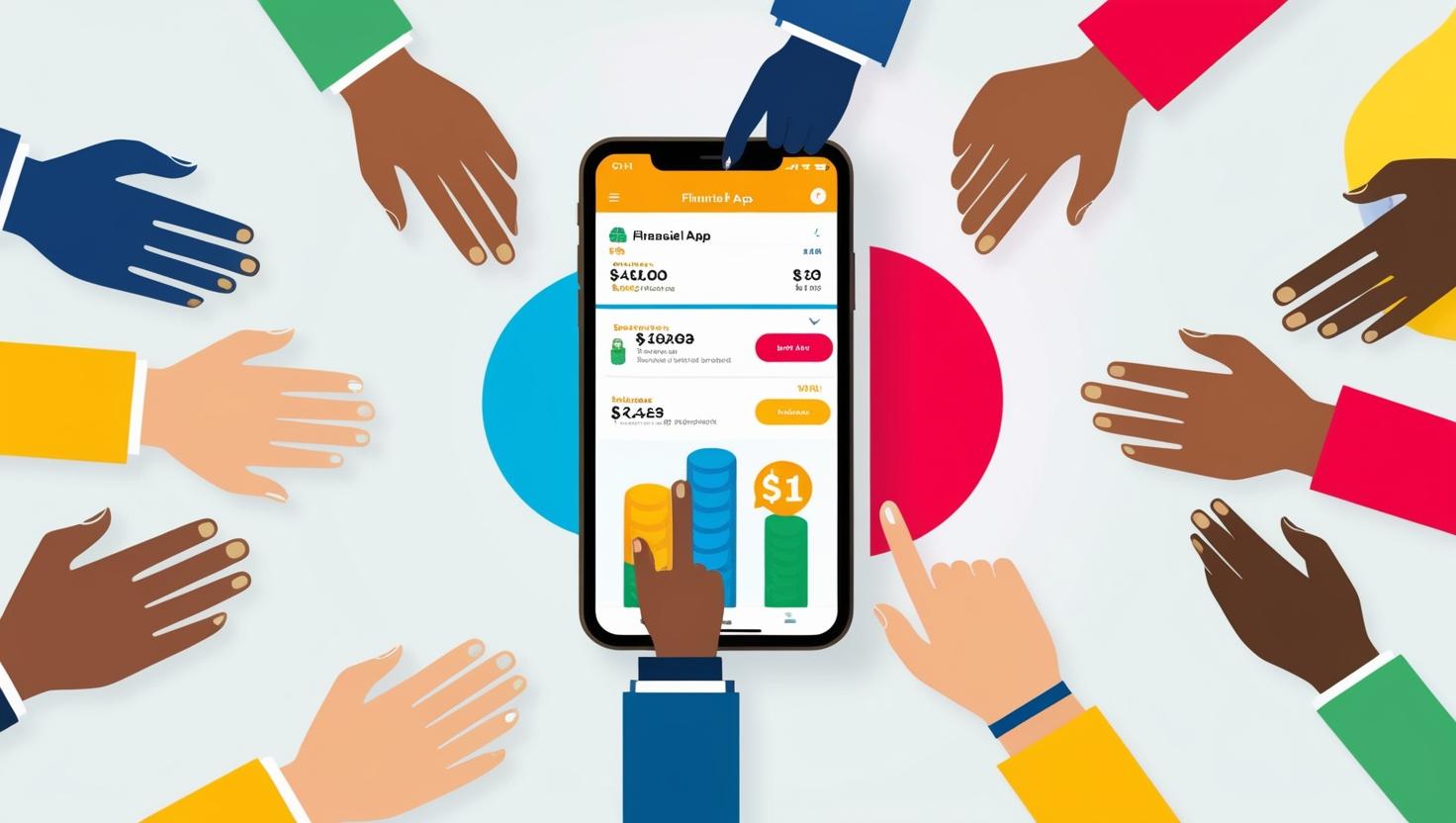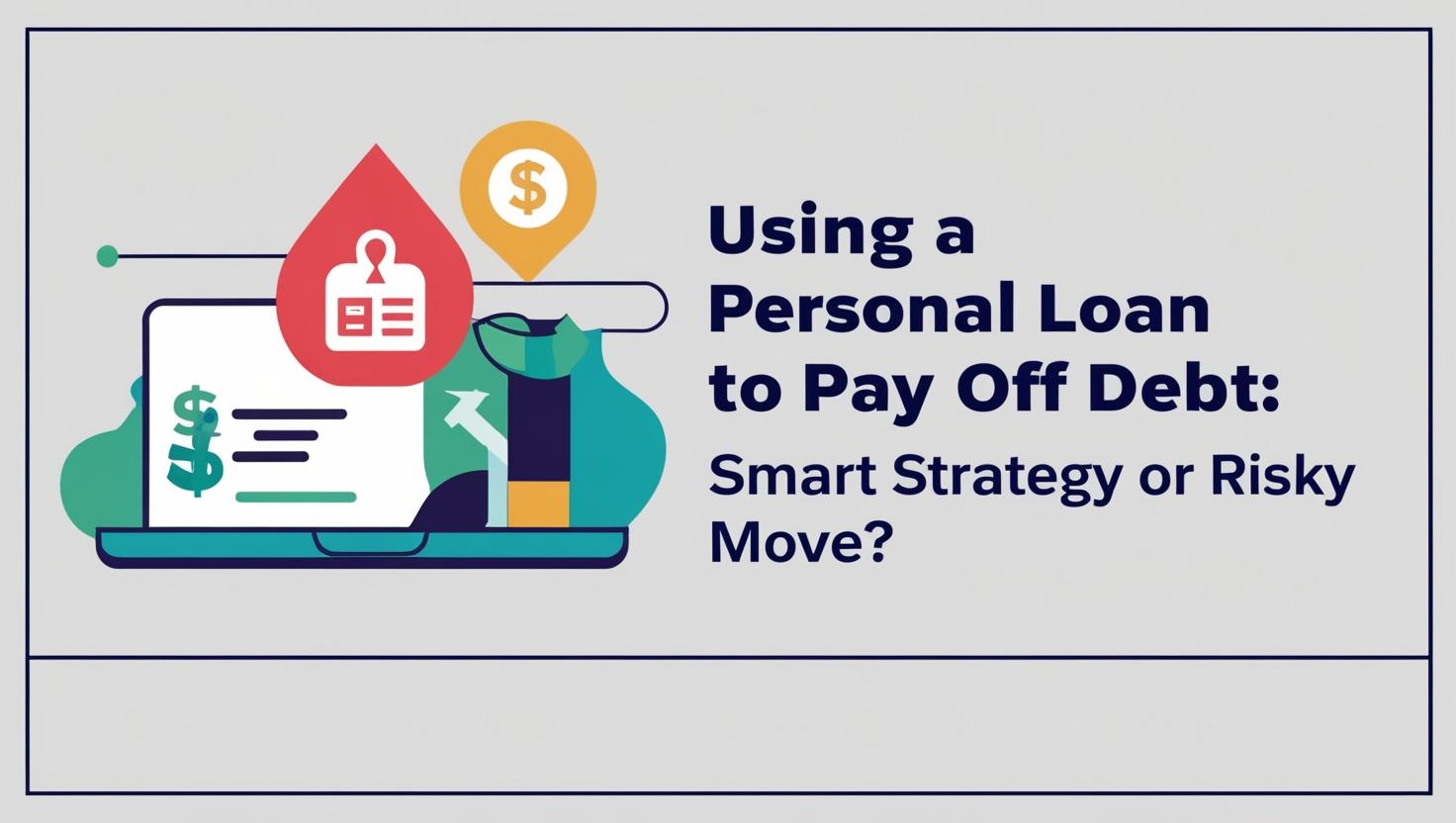Debt Snowball vs. Debt Avalanche: Which is Better? The best method depends on your financial situation and motivation. The Debt Snowball focuses on paying off the smallest debt first, creating quick wins to keep you motivated. The Debt Avalanche targets debts with the highest interest rates first, saving you more money over time. Did you know that 59% of adults feel anxious about their personal finances? If you’re struggling to manage your obligations, you’re not alone. Two popular strategies—the snowball method and the avalanche method—can help you take control. But which one is right for you?
This article will break down the benefits and drawbacks of each strategy. You’ll learn how interest rates and minimum payments play a role in your decision. We’ll also explore real-world examples to help you choose the best path for your financial situation.
Key Takeaways
- The snowball method prioritizes smaller balances for quick wins.
- The avalanche method focuses on high-interest obligations to save money.
- Both strategies aim to help you become free faster.
- Understanding interest rates is crucial for making the right choice.
- Real-world examples can guide your decision-making process.
Introduction to Debt Reduction Strategies
Taking control of your financial health starts with a solid plan. Reducing what you owe is a critical step toward achieving stability and peace of mind. By organizing your obligations, you can create a clear path to financial freedom.
Why Paying Off Debt Matters for You
Paying off what you owe improves your credit score and reduces stress. It also frees up money for savings, investments, and other financial goals. Financial health is about more than just numbers—it’s about creating a secure future for yourself and your family.
An Overview of Popular Debt Repayment Methods
Two effective strategies are the snowball and avalanche methods. The snowball approach focuses on paying off smaller balances first, giving you quick wins to stay motivated. The avalanche method targets high-interest obligations, saving you money over time.
Common types of obligations include:
- Credit cards
- Personal loans
- Student loans
Both methods require a clear plan and commitment. Start by listing all your obligations, including their balances and interest rates. This will help you decide which strategy aligns best with your financial goals.
“A structured approach to repayment can make a significant difference in your financial journey.”
Assessing your situation early is key. Whether you prioritize emotional wins or interest savings, the right method can help you achieve your goals faster. In the next sections, we’ll dive deeper into each approach to help you make an informed decision.
The Debt Snowball Method Explained

Feeling overwhelmed by your obligations? The snowball method simplifies the process. This strategy focuses on paying off smaller balances first, giving you quick wins to stay motivated. It’s a great way to build momentum and regain control of your finances.
How the Snowball Method Works
The snowball approach starts by listing your obligations from smallest to largest. You make minimum payments on all except the smallest. Once the smallest is paid off, you move to the next one. This creates a snowball effect, helping you tackle larger balances over time.
For example, if you have a $500 credit card balance and a $2,000 personal loan, you’d focus on the $500 first. Once it’s cleared, you’d apply the extra funds to the $2,000 loan. This method emphasizes quick wins to keep you motivated.
Steps to Implement the Snowball Approach
Here’s a step-by-step guide to using the snowball strategy:
- List all your obligations from smallest to largest balance.
- Make minimum payments on all except the smallest.
- Focus extra funds on the smallest balance until it’s paid off.
- Repeat the process with the next smallest balance.
This method works best if you’re consistent and disciplined. It’s designed to help you see progress quickly, which can be a powerful motivator.
Pros and Cons of the Snowball Method
Every strategy has its strengths and weaknesses. Here’s a breakdown of the snowball method:
| Pros | Cons |
|---|---|
| Quick wins boost motivation | May result in higher interest costs |
| Simplifies the repayment process | Not ideal for high-interest obligations |
| Reduces the number of balances faster | May take longer to pay off all obligations |
While the snowball method may not save you as much on interest, its psychological benefits can make it a great choice for many people. It’s all about finding the right fit for your financial situation.
The Debt Avalanche Method Explained
If you’re looking for a strategic way to tackle your financial obligations, the avalanche method might be the right fit. This approach focuses on saving you money over time by targeting high-interest accounts first. It’s a logical and efficient way to reduce what you owe while minimizing interest costs.
Understanding the Avalanche Approach
The avalanche method prioritizes accounts with the highest interest rates. By paying these off first, you reduce the amount of interest that accumulates over time. This approach is ideal for budget-oriented individuals who want to save as much money as possible.
Step-by-Step Process for the Avalanche Method
Here’s how you can implement this approach:
- List all your accounts from highest to lowest interest rate.
- Make minimum payments on all except the one with the highest rate.
- Focus extra funds on the highest-interest account until it’s paid off.
- Move to the next highest rate and repeat the process.
This method works scientifically by reducing the overall interest you pay, helping you save money in the long run.
Benefits and Considerations for Using Avalanche
The avalanche method offers several advantages:
- It saves you money by reducing interest costs.
- It shortens the overall repayment timeline.
- It’s a logical and efficient approach for budget-conscious individuals.
However, it may take longer to see progress on smaller accounts, which can be less motivating for some people. For example, if you have a $20,000 credit card at 20% interest and a $2,000 car loan at 4%, you’d focus on the credit card first. While this saves money, it might feel slower compared to paying off smaller balances quickly.
“The avalanche method is a powerful tool for those who want to minimize interest and maximize savings.”
Ultimately, this approach is ideal for individuals who value efficiency and are motivated by long-term savings. It’s a smart way to take control of your financial future.
Debt Snowball vs. Debt Avalanche: Which is Better?
When it comes to managing your financial obligations, understanding the differences between two popular strategies can make all the difference. Both the avalanche method and the snowball approach aim to help you become free faster, but they work in very different ways. Let’s dive into a detailed comparison to help you decide which one suits your needs.
Comparative Analysis of Interest Savings and Motivation
The avalanche method focuses on paying off accounts with the highest interest first. This approach saves you money over time by reducing the amount of interest you pay. For example, if you have a $20,000 credit card at 20% interest and a $2,000 car loan at 4%, you’d prioritize the credit card. This method is ideal for those who want to minimize long-term costs.
On the other hand, the snowball approach targets your smallest debt first. This strategy provides quick wins, boosting your motivation to continue. For instance, if you have a $500 credit card balance and a $10,000 personal loan, you’d focus on the $500 first. While this may cost more in interest, the psychological benefits can be significant.
Real-World Examples and Case Studies
Let’s look at two real-world scenarios to see how these methods play out. In the first case, a person has a $30,000 student loan at 5.95%, a $10,000 auto loan at 3.99%, and an $8,000 credit card at 14%. Using the avalanche method, they’d focus on the credit card first, saving them significant interest over time.
In the second case, someone has a $5,000 credit card, a $10,000 personal loan, and a $12,000 credit card. With the snowball approach, they’d pay off the $5,000 first, gaining momentum to tackle larger balances. While this may cost more in interest, the quick wins can keep them motivated.
| Method | Interest Savings | Motivational Impact |
|---|---|---|
| Avalanche | High | Low |
| Snowball | Low | High |
Ultimately, the best method depends on your financial situation and personality. If you’re motivated by quick wins, the snowball approach might be better. If saving money is your priority, the avalanche method could be the way to go. Evaluate your own obligations and choose the strategy that aligns with your goals.
Key Factors in Choosing Your Debt Payoff Strategy

Choosing the right strategy to manage your financial obligations can feel overwhelming, but understanding key factors can simplify the process. The first step is to assess your overall debt and monthly budget. This helps you identify how much you can allocate toward repayment each month.
Assessing Your Debt and Monthly Budget
Start by listing all your obligations, including balances, interest rates, and minimum payments. For example, if you have a $5,000 credit card balance with a 23% APR and a $10,000 personal loan at 9%, knowing these details is crucial. This allows you to calculate how much you need to pay each month to stay on track.
Next, review your monthly income and expenses. Subtract your essential costs from your income to determine how much extra you can allocate toward repayment. This surplus is key to accelerating your progress and achieving your financial goals.
Prioritizing Interest Rates versus Balance Sizes
When deciding where to focus your extra money, consider both interest rates and balance sizes. Paying off accounts with the highest interest first can help you save money over time. For instance, tackling a $20,000 credit card at 20% interest before a $2,000 car loan at 4% can significantly reduce your overall costs.
However, if you’re motivated by quick wins, paying off smaller balances first might be more effective. This approach can boost your confidence and keep you committed to your repayment plan. For example, clearing a $500 credit card balance before a $10,000 personal loan can provide a sense of accomplishment.
Here are some practical tips to help you organize your debts:
- List all obligations with their balances, interest rates, and minimum payments.
- Calculate your monthly surplus after essential expenses.
- Decide whether to prioritize high-interest accounts or smaller balances based on your goals.
“Effective planning can lead to significant long-term savings and help you achieve financial freedom faster.”
Setting clear financial goals is critical to choosing the right method. Whether you aim to save money on interest or gain momentum with quick wins, aligning your strategy with your personal objectives ensures success. By carefully assessing your debt and monthly budget, you can create a plan that works for you.
Practical Steps to Implement Your Chosen Method
Getting started on your financial journey requires a clear and actionable plan. Whether you’ve chosen the debt avalanche method or the debt snowball method, these practical steps will help you stay on track and achieve your goals.
Organizing Your Debts and Creating a Payment Plan
Start by listing all your financial obligations, including balances and interest rates. For example, if you have a $5,000 credit card at 20% APR and a $10,000 personal loan at 9%, knowing these details is essential. This helps you prioritize payments based on your chosen method.
Here’s how to create an effective plan:
- List all debts from smallest to largest balance for the debt snowball method or from highest to lowest interest rate for the debt avalanche method.
- Make minimum payments on all debts except the one you’re focusing on.
- Allocate extra funds to the prioritized debt until it’s paid off.
- Repeat the process with the next debt on your list.
Tips for Staying Focused and Motivated
Staying motivated is key to sticking with your plan. Celebrate small victories, like paying off a credit card or reducing a loan balance. Tracking your progress visually, such as with a chart or app, can also keep you inspired.
Here are additional strategies to maintain momentum:
- Set monthly goals and reward yourself when you achieve them.
- Automate payments to ensure consistency and avoid missed deadlines.
- Regularly review your plan and adjust as needed to stay aligned with your financial goals.
“Consistency and small wins are the foundation of long-term financial success.”
By organizing your debts and staying motivated, you can successfully implement your chosen method and achieve financial freedom faster.
Additional Tips and Alternatives for Paying Off Debt
Exploring alternative strategies can provide flexibility and efficiency in managing your financial obligations. Beyond the snowball and avalanche methods, options like debt consolidation and balance transfers can simplify your journey. Additionally, building an emergency fund ensures you stay prepared while focusing on repayment.
Exploring Debt Consolidation and Balance Transfers
Debt consolidation loans combine multiple obligations into one, often with a lower interest rate. This reduces your minimum payment and simplifies tracking. For example, if you have a student loan and credit card balances, consolidation can streamline your payments and save you money.
Balance transfer credit cards offer another option. Many cards provide 0% APR for 12 to 21 months, allowing you to focus on paying down the principal. However, watch for transfer fees, typically 3% to 5% of the amount moved. This strategy works well if you can pay off the balance before the promotional period ends.
Building an Emergency Fund While Reducing Debt
While focusing on repayment, it’s crucial to set aside savings for emergencies. Experts recommend saving three to six months’ worth of expenses. This prevents you from relying on credit cards if unexpected costs arise, helping you stay on track toward debt paid.
Here’s how to balance saving and repayment:
- Allocate a small portion of your income to savings each month.
- Use windfalls, like tax refunds, to boost your emergency fund.
- Automate transfers to ensure consistency.
| Strategy | Benefits | Considerations |
|---|---|---|
| Debt Consolidation | Simplifies payments, lowers interest | Requires good credit for favorable terms |
| Balance Transfers | 0% APR for a limited time | Transfer fees apply |
| Emergency Fund | Prevents future debt accumulation | May slow repayment progress initially |
These alternatives can complement your chosen method, whether it’s the snowball or avalanche approach. Flexibility in strategy ensures long-term financial success and peace of mind.
Conclusion
Finding the right strategy to manage your finances can make a big difference. Both methods have their pros and can help you achieve your goals. Whether you focus on smallest debt first for quick wins or prioritize high-interest accounts to save money, your choice depends on your personal situation.
If you’re motivated by quick wins, starting with smaller balances can keep you on track. On the other hand, targeting high-interest accounts helps you save more in the long run. Remember, consistency is key. Put extra effort into staying committed to your plan, and you’ll see progress over time.
Take actionable steps today. Organize your obligations, review your budget, and choose the method that aligns with your goals. With a focused strategy, you can win the battle against financial stress and move closer to financial freedom.
FAQ
Q: What is the main difference between the snowball and avalanche methods?
A: The snowball method focuses on paying off your smallest balances first, while the avalanche method targets the highest interest rates. Both aim to help you reduce what you owe, but they take different approaches to get there.
Q: Which method helps me save more on interest?
A: The avalanche approach typically saves you more money over time because it prioritizes loans or credit cards with the highest interest rates. This reduces the total amount you’ll pay in the long run.
Q: Is the snowball method better for motivation?
A: Yes, the snowball strategy can be more motivating for some people. By paying off smaller balances quickly, you’ll see progress sooner, which can keep you encouraged to stick with your plan.
Q: Can I combine both methods?
A: Absolutely! Some people mix elements of both strategies. For example, you might start with the snowball method for quick wins and then switch to the avalanche approach to tackle higher interest rates.
Q: How do I decide which method is right for me?
A: Consider your goals and personality. If you need quick wins to stay motivated, the snowball method might be better. If saving money on interest is your priority, the avalanche approach could be the way to go.
Q: What if I have multiple types of debt, like credit cards and student loans?
A: Both methods work for different types of debt. Start by listing all your balances, including interest rates and minimum payments. Then, choose the strategy that aligns with your financial goals.
Q: How can I stay on track with my chosen method?
A: Create a clear payment plan, track your progress, and celebrate small wins. Staying organized and focused will help you stick to your strategy and achieve your goal of becoming debt-free.






